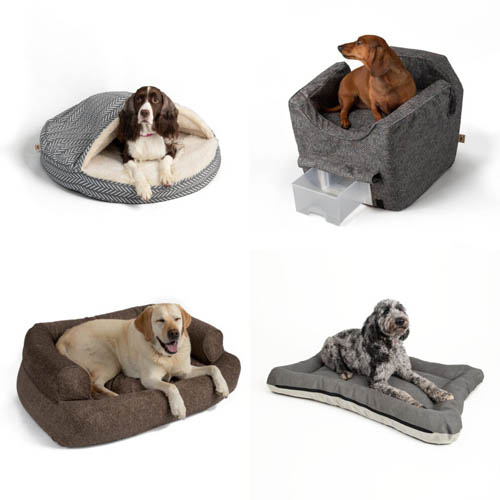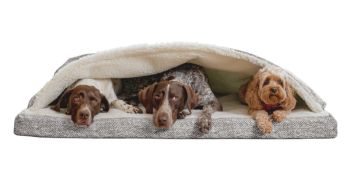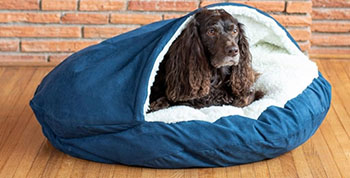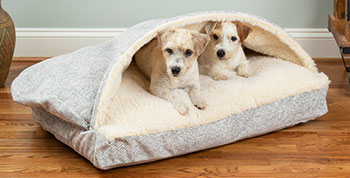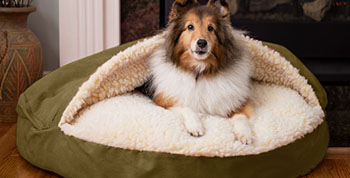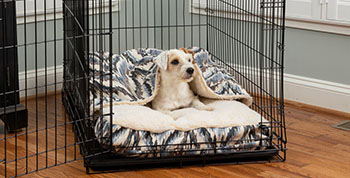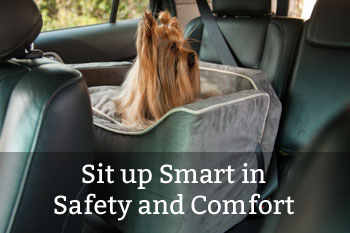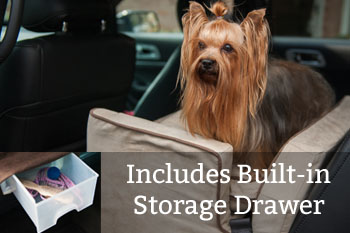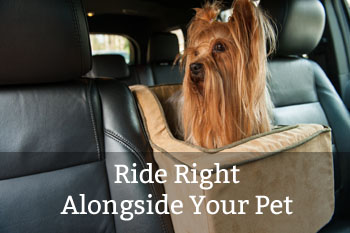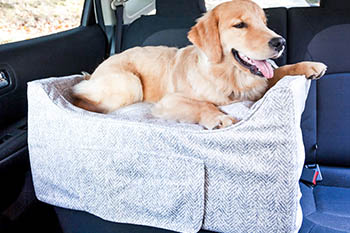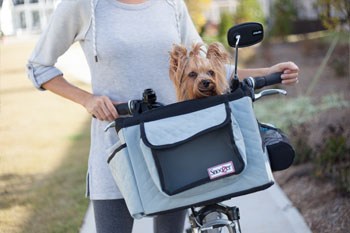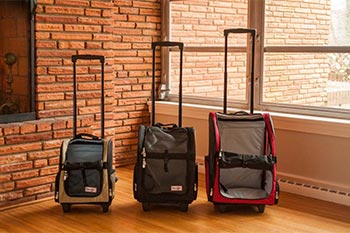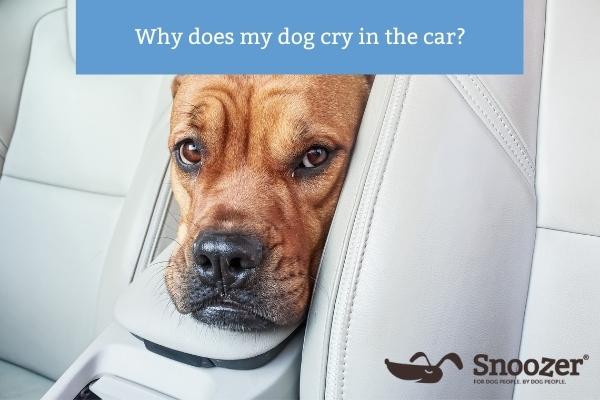Why does my dog cry in the car?
If your dog whines or cries every time they’re in the car, you probably want to know why it happens and how to prevent it. Persistent crying or whining isn’t normal and indicates a problem. But if you can figure out the root cause and address it, you’ll make car rides a lot more pleasant for yourself and for your dog!
Your dog could have motion sickness
When your dog is in the car, do they not only cry or whine but also pace, smack or lick their lips, and maybe even retch or vomit? If so, then your dog is probably suffering from motion sickness.
Many dogs experience motion sickness, especially puppies, but the good news is that it often goes away on its own by the age of 1 as your puppy develops.
Two simple things you can try to lessen the discomfort of motion sickness in your dog include not feeding them within a few hours of departing so they travel on an empty stomach and opening the windows a few inches for air flow. Some people have had luck with aromatherapy, massage, and supplements. If none of that does the trick, look into medication. There are both over-the-counter medications, like Benadryl, and prescription drugs, like Cerenia, that have been shown to help. Speak to your vet about your options.
Your dog could feel unsafe and not secure in the car
Even if your dog doesn’t experience motion sickness, they could still dislike the feeling of the car’s motion. It can make them feel like they aren’t secure. Dogs who don’t like the car may stand up the whole time, which only compounds the problem.
Help your dog feel secure in the car, even on short rides. Your dog might feel more comfortable traveling in their crate in the car if it fits. Smaller dogs love our Lookout Dog Car Seat, a raised car seat that gives your dog a comfortable and cozy place to sit and look out the window. It also has a clip so you can attach a harness for added safety. Very small dogs can ride up front in the Console Dog Car Seat. Bigger dogs may prefer resting on a hammock-like car seat cover in the backseat, which prevents them from falling or slipping into the footwell area. (And it prevents your backseat from being covered in dog hair, too!) For SUV drivers, the Snoozer SUV dog bed provides a comfortable place for your pooch in the cargo area.
You may find that once you help your dog feel more secure when they’re in the car, so they don’t feel like they’ll lose their balance at any moment, the crying stops.
Your dog associates riding in the car ride with negative experiences
How often does your dog travel in the car, and when they do, is it a fun and rewarding experience for them? If your dog only gets in the car a few times a year, and every time they do it’s to go to the vet for shots, they’ll quickly learn that getting in the car is not a fun time. When this happens, even getting into the car can provoke stress and anxiety in your dog.
If this is the case, you need to break the association your dog has between the car and negative experiences. Try taking your dog to a fun place like a special dog park or a county park for a long walk. If even that’s too much at first, simply have your dog spend some time in the car without turning it on and without going anywhere. Bring a favorite toy and reward your dog for sitting or lying down quietly in the car with some treats. Do this several times for just 5-10 minutes at a time to start. The idea is to get your dog used to being in the car without the anxiety over whether they’re on the way to the vet.
Your dog is excited to be in the car!
Dogs cry or whine when they’re upset, and they can also cry or whine when they’re excited! If they associate being in the car with fun times, or they realize you’re going to a fun place, they could cry from excitement. If you see other signs of happiness, such as a wagging tail, a relaxed mouth, and perky ears (and you don’t notice obvious signs of sickness or stress like excessive drooling or retching), then you might just have a happy dog on your hands!
Even if it’s motivated by happiness, continuous crying or whining can be irritating and you might want to stop your dog from doing it. As with any other kind of dog training, the best thing to do is reward your dog when they’re displaying the kind of behavior you want to encourage. (Obviously you should not do this while you’re driving; sit in the passenger seat and let someone else drive instead.) Only when your dog has been relaxed, calm, and quiet in the car should you give them a little treat. Ignore their crying and don’t reward it with treats or attention. Be prepared that this method could take a while, depending on how often you’re in the car and how bad the problem is.
Making sure your dog has enough exercise and has an outlet for their energy might help lessen the excited crying, too. A nice long walk or some running around before getting in the car can help spend some of that energy and produce a calmer, more relaxed dog.
Address the crying
If your dog regularly cries or whines when they travel in the car with you, try to get to the root of the problem. Could it be motion sickness, a feeling of being unsafe, stress brought on by negative associations, or even excitement? Look for body language and behavior clues to try to pinpoint what’s going on and try some of the tips above. If none of that works, it’s time to talk to your vet and/or a dog trainer about what to do next. Be persistent and in time you’ll find that formerly stressful car rides with your pooch are now perfectly pleasant!

